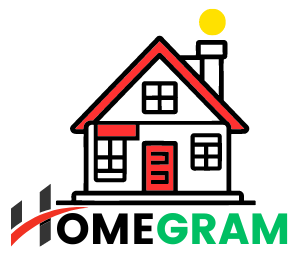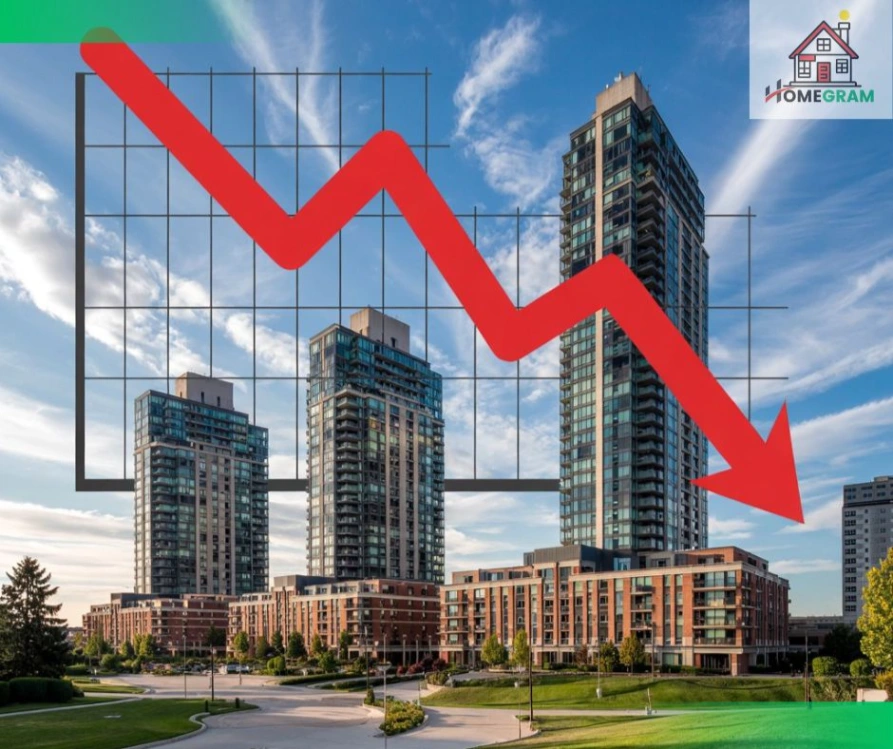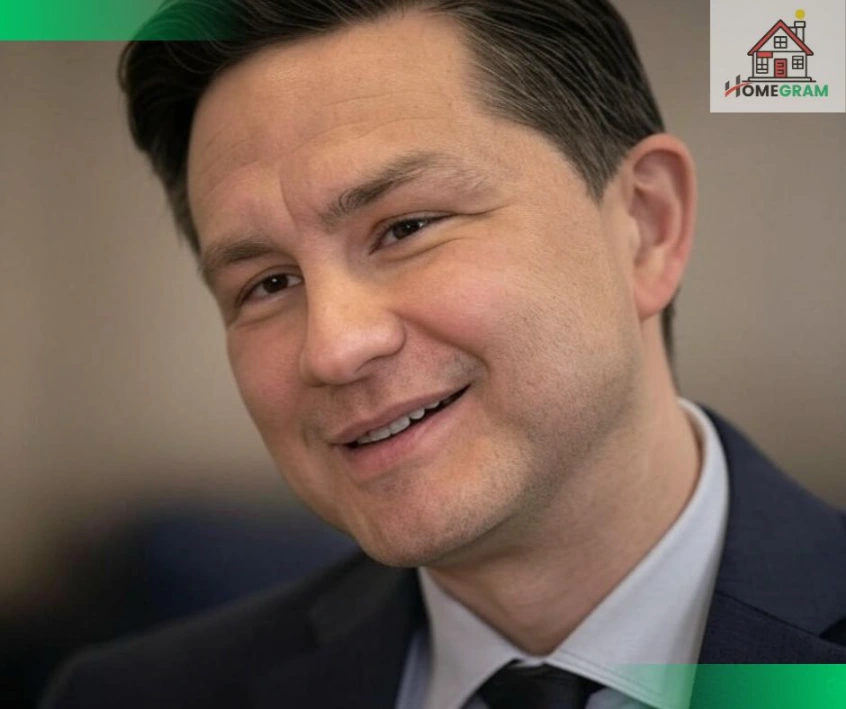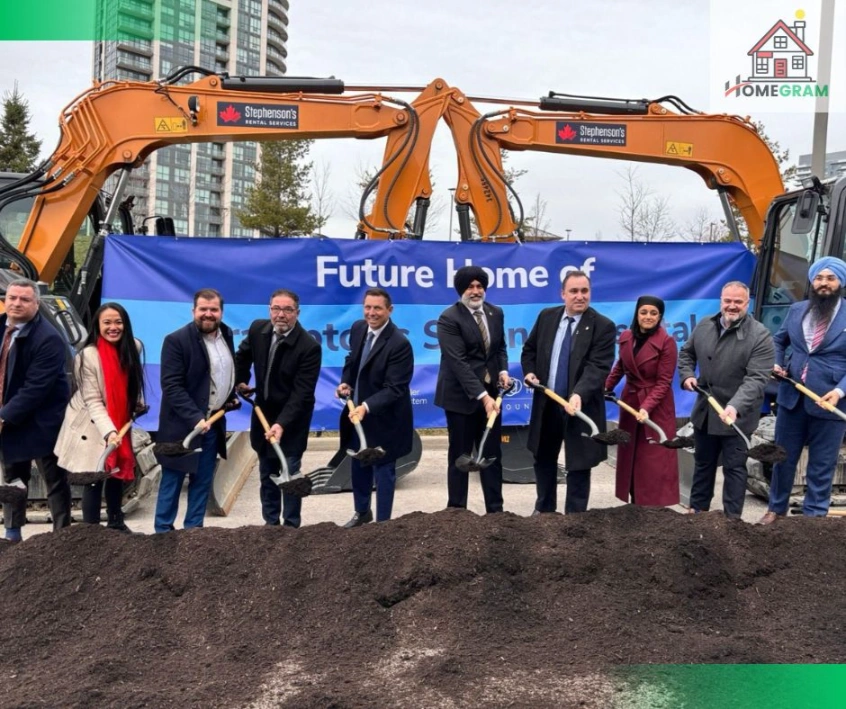Reverse Mortgages Canada for Homeowners: A Comprehensive Guide

Table of Contents
As Canadians approach retirement, securing financial stability becomes a top priority. One financial tool that has gained traction among seniors is the reverse mortgage. This option allows homeowners aged 55 and older to access the equity in their homes without having to sell or relocate. In this guide, we’ll explore what reverse mortgages in Canada involve, address common questions, and provide insights to help you make an informed decision.
What is a Reverse Mortgage Canada?
A reverse mortgage is a loan designed for Canadian homeowners who are 55 years of age or older. Unlike a traditional mortgage where you make regular payments to the lender, a reverse mortgage allows you to receive payments from the lender. These payments can be provided as a lump sum, a line of credit, or regular monthly disbursements. The amount you can borrow depends on your home’s value, your age, and the lender’s policies.
How Does a Reverse Mortgage Canada Work?
With a reverse mortgage, you are borrowing against the equity of your home. The lender provides you with funds, which you can receive as a lump sum, through periodic payments, or as a line of credit. The interest on the loan accrues over time, but you are not required to make any payments until you sell the home, move out permanently, or pass away. At that point, the loan, including accumulated interest, must be repaid.
Frequently Asked Questions About Reverse Mortgages Canada
1. Who is Eligible for a Reverse Mortgage Canada?
Eligibility for a reverse mortgage in Canada is straightforward. You must:
- Be at least 55 years old (if the home is jointly owned, both owners must meet this age requirement).
- Own a home that is your primary residence.
- Have significant equity in your home.
2. How Much Can You Borrow with a Reverse Mortgage Canada?
The amount you can borrow through a reverse mortgage in Canada depends on several factors:
- Age: Older homeowners can typically borrow more.
- Home Value: Higher home values generally allow for larger borrowings.
- Location: Property values vary by region, impacting the available amount.
- Interest Rates: Lower rates might enable you to borrow more.
Typically, you can borrow up to 55% of your home’s current market value.
3. What Costs Are Associated with Reverse Mortgages Canada?
Reverse mortgages come with a few costs, including:
- Interest Rates: Often higher than traditional mortgage rates.
- Closing Costs: Fees for appraisals, legal services, and administration.
- Prepayment Penalties: Fees for repaying the loan early.
It is important to account for these costs when considering a reverse mortgage.
4. What Happens to the Remaining Equity in a Reverse Mortgage Canada?
A common concern with reverse mortgages is their impact on home equity. As the loan balance grows due to accruing interest, the equity in your home decreases. However, many lenders offer a “no negative equity guarantee,” ensuring you or your heirs will not owe more than the home’s value when it’s sold.
5. Can You Lose Your Home with a Reverse Mortgage Canada?
As long as you adhere to the loan requirements—maintaining the home, paying property taxes, and having insurance—you cannot lose your home. The loan is due only when you sell the property, move out permanently, or pass away.
Reverse Mortgage Canada vs. Home Equity Loan: Key Differences
A reverse mortgage is often compared to other methods of accessing home equity, such as a home equity loan or a home equity line of credit (HELOC). Here’s how they differ:
1. Repayment Structure:
- Reverse Mortgage Canada: No monthly payments are required. The loan is repaid when you sell the home, move out, or pass away.
- Home Equity Loan: Requires regular monthly payments of both principal and interest.
- HELOC: Functions as a line of credit where you can borrow, repay, and borrow again, with monthly payments based on the borrowed amount.
2. Eligibility:
- Reverse Mortgage Canada: Available to seniors aged 55 and older.
- Home Equity Loan/HELOC: Accessible to homeowners of all ages with sufficient equity.
3. Loan Amount:
- Reverse Mortgage Canada: Typically up to 55% of your home’s value.
- Home Equity Loan/HELOC: The borrowing limit depends on your creditworthiness and home equity, potentially exceeding 55%.
4. Interest Rates:
- Reverse Mortgage Canada: Generally higher due to the lack of monthly payments.
- Home Equity Loan/HELOC: Usually lower interest rates, but requires regular payments.
5. Purpose of Funds:
- Reverse Mortgage Canada: Often used to supplement retirement income, cover medical expenses, or make home improvements.
- Home Equity Loan/HELOC: Can be used for a variety of purposes, including debt consolidation, major purchases, or emergencies.
Pros and Cons of Reverse Mortgages Canada
Pros:
- No Monthly Payments: Unlike traditional loans, no regular payments are required.
- Tax-Free Cash: The funds received are tax-free and can be used as needed.
- Stay in Your Home: Continue living in your home while accessing its equity.
Cons:
- Interest Accumulation: The loan balance increases over time, reducing home equity.
- Higher Costs: Typically comes with higher interest rates and fees compared to conventional mortgages.
- Impact on Estate: The loan repayment will reduce the inheritance left for your heirs.
Is a Reverse Mortgage Canada Right for You?
A reverse mortgage can be a useful tool for accessing home equity without moving out. However, it may not be suitable for everyone. Consider these factors:
- Financial Needs: If you need additional income for living expenses, healthcare, or home improvements, a reverse mortgage might be beneficial.
- Alternative Options: Explore other financial options like downsizing, a HELOC, or government programs.
- Future Plans: If you plan to move soon, a reverse mortgage might not be ideal.
How to Apply for a Reverse Mortgage Canada
1. Assess Eligibility:
Ensure you meet the age, equity, and residency requirements.
2. Compare Lenders:
Different lenders offer various terms, rates, and fees. Shop around for the best deal.
3. Seek Independent Advice:
Consult with a financial advisor to ensure a reverse mortgage aligns with your financial goals.
4. Submit Application:
Complete the application process with your chosen lender, including necessary documentation.
5. Receive Funds:
Choose how you want to receive your funds—lump sum, line of credit, or monthly payments.
Conclusion
Reverse mortgages in Canada can offer financial relief to seniors, allowing them to unlock their home’s equity while staying in their homes. Weigh the pros and cons, explore alternative options, and seek professional advice to determine if this financial tool fits your needs.
Popular










